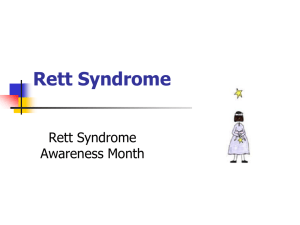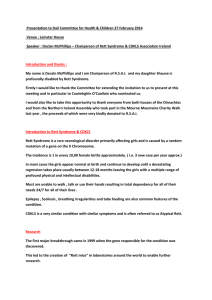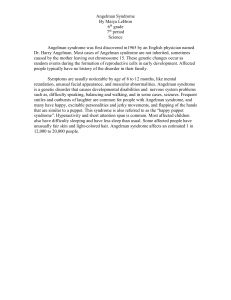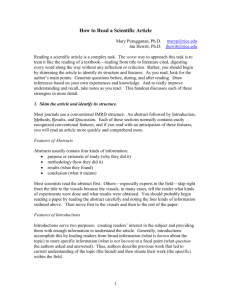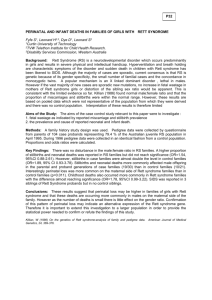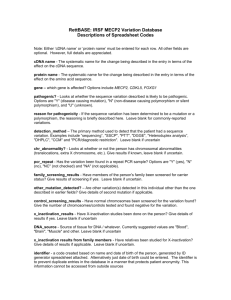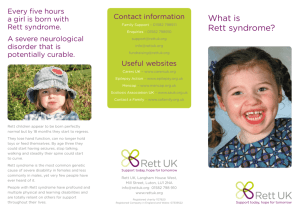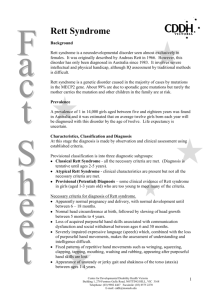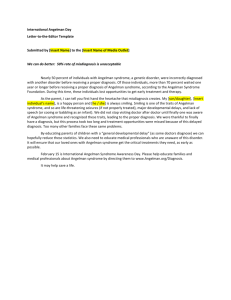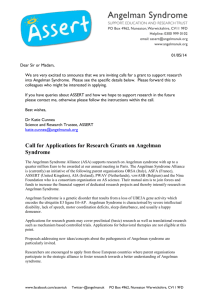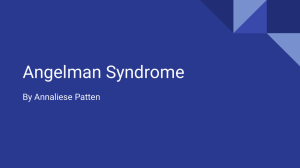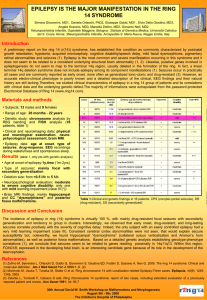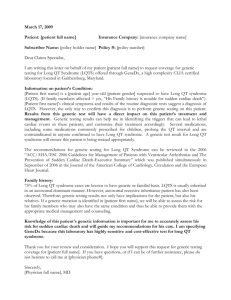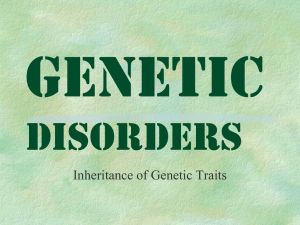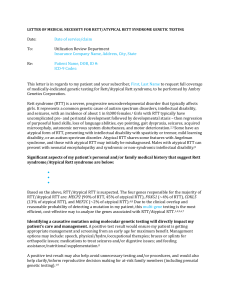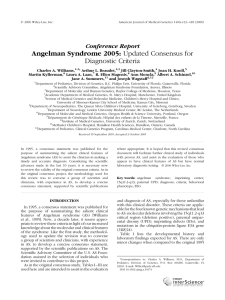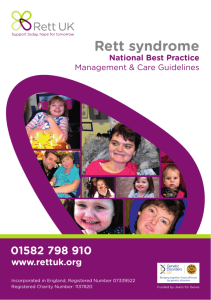Rett/Angelman Syndrome Panel
advertisement
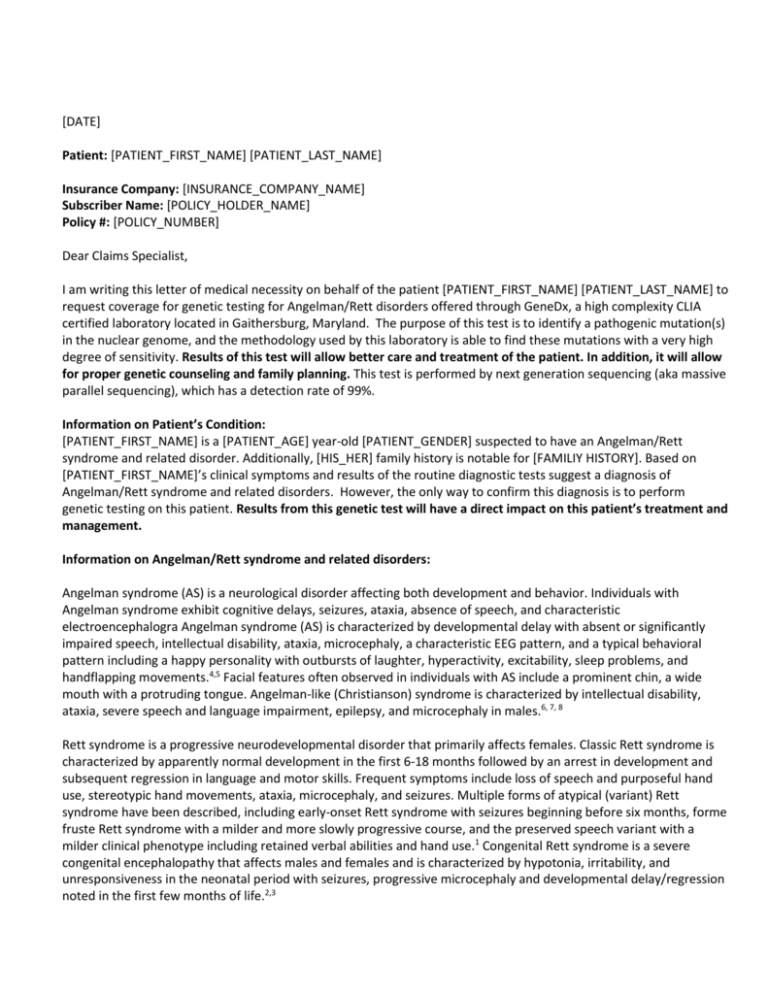
[DATE] Patient: [PATIENT_FIRST_NAME] [PATIENT_LAST_NAME] Insurance Company: [INSURANCE_COMPANY_NAME] Subscriber Name: [POLICY_HOLDER_NAME] Policy #: [POLICY_NUMBER] Dear Claims Specialist, I am writing this letter of medical necessity on behalf of the patient [PATIENT_FIRST_NAME] [PATIENT_LAST_NAME] to request coverage for genetic testing for Angelman/Rett disorders offered through GeneDx, a high complexity CLIA certified laboratory located in Gaithersburg, Maryland. The purpose of this test is to identify a pathogenic mutation(s) in the nuclear genome, and the methodology used by this laboratory is able to find these mutations with a very high degree of sensitivity. Results of this test will allow better care and treatment of the patient. In addition, it will allow for proper genetic counseling and family planning. This test is performed by next generation sequencing (aka massive parallel sequencing), which has a detection rate of 99%. Information on Patient’s Condition: [PATIENT_FIRST_NAME] is a [PATIENT_AGE] year-old [PATIENT_GENDER] suspected to have an Angelman/Rett syndrome and related disorder. Additionally, [HIS_HER] family history is notable for [FAMILIY HISTORY]. Based on [PATIENT_FIRST_NAME]’s clinical symptoms and results of the routine diagnostic tests suggest a diagnosis of Angelman/Rett syndrome and related disorders. However, the only way to confirm this diagnosis is to perform genetic testing on this patient. Results from this genetic test will have a direct impact on this patient’s treatment and management. Information on Angelman/Rett syndrome and related disorders: Angelman syndrome (AS) is a neurological disorder affecting both development and behavior. Individuals with Angelman syndrome exhibit cognitive delays, seizures, ataxia, absence of speech, and characteristic electroencephalogra Angelman syndrome (AS) is characterized by developmental delay with absent or significantly impaired speech, intellectual disability, ataxia, microcephaly, a characteristic EEG pattern, and a typical behavioral pattern including a happy personality with outbursts of laughter, hyperactivity, excitability, sleep problems, and handflapping movements.4,5 Facial features often observed in individuals with AS include a prominent chin, a wide mouth with a protruding tongue. Angelman-like (Christianson) syndrome is characterized by intellectual disability, ataxia, severe speech and language impairment, epilepsy, and microcephaly in males.6, 7, 8 Rett syndrome is a progressive neurodevelopmental disorder that primarily affects females. Classic Rett syndrome is characterized by apparently normal development in the first 6-18 months followed by an arrest in development and subsequent regression in language and motor skills. Frequent symptoms include loss of speech and purposeful hand use, stereotypic hand movements, ataxia, microcephaly, and seizures. Multiple forms of atypical (variant) Rett syndrome have been described, including early-onset Rett syndrome with seizures beginning before six months, forme fruste Rett syndrome with a milder and more slowly progressive course, and the preserved speech variant with a milder clinical phenotype including retained verbal abilities and hand use.1 Congenital Rett syndrome is a severe congenital encephalopathy that affects males and females and is characterized by hypotonia, irritability, and unresponsiveness in the neonatal period with seizures, progressive microcephaly and developmental delay/regression noted in the first few months of life.2,3 A number of genes have been identified that are known to cause Angelman/Rett syndromes and related disorders. The inheritance pattern can be autosomal dominant, autosomal recessive, or X-linked. Mutations in a single gene may be associated with different types of seizures (epilepsy), developmental delay, and intellectual disability. Knowledge of the genetic etiology of these disorders may guide selection of the most appropriate treatment options in some cases. A number of antiepileptic medications are used in the treatment of these disorders. Clinical Utility of Genetic Testing The specific type and etiology of seizures may influence the selection of antiepileptic medication for each patient. For example, certain medications may be more effective for infantile spasms and are therefore first choices for patients with spasms. Further examples: o Vigabatrin is the treatment therapy for infantile spasms in patients with mutations in CDKL5, MEF2C Some medications may be contraindicated for patients with a specific electroclinical or genetic diagnosis. Further examples o Valproic acid should be avoided for epilepsy patients with POLG mutations o Phenytoin, carbamazepine, and lamotrigine should be avoided for epilepsy patients with SCN1A mutations o Channel blockers and GABAergic drugs should be avoided for epilepsy patients with CSTB mutations Proper epilepsy diagnosis will help the physician in managing the patient more efficiently, while limiting doctor visits and insurance claims A specific genetic diagnosis of epilepsy will allow for family members to be tested for the specific mutation for a drastically lower cost Thank you for your review and consideration. I hope you will support this request for genetic testing coverage for [PATIENT_FIRST_NAME] [PATIENT_LAST_NAME]. If you have questions, or if I can be of further assistance, please do not hesitate to call me at [PHYSICIAN_PHONE_NUMBER]. Sincerely, [PHYSICIAN_FIRST_NAME] [PHYSICIAN_LAST_NAME], MD cc: [PATIENT_FIRST_NAME] [PATIENT_LAST_NAME] References: 1. Christodoulou J and Ho G. MECP2- Related Disorders. In: GeneReviews at GeneTests: Medical Genetics Information Resource (database online). Copyright, University of Washington, Seattle. 1997-2011. Available at http://www.genetests.org. Accessed February 2012. 2. Mencarelli et al., (2010) J Med Genet 47:49-53. 3. Le Guen et al., (2011) Neurogenet 12:1-8. 4. Williams, C.A. and Dagli A.I. (Updated June 2011). Angelman Syndrome. In: GeneReviews at GeneTests: Medical Genetics Information Resource (database online). Copyright, University of Washington, Seattle. 19972009. Available at http://www.genetests.org. Accessed July 2012. 5. Van Buggenhout and Frynes (2009) Eur J Hum Genet 17:1367-1373. 6. Schroer et al., (2009) Am J Med Genet 152A:2775-2783. 7. 7. Gillfillan et al., (2008) Am J Hum Genet 82(4):1003-1010. 8. Christianson et al., (1999) Am J. Hum Genet. 36:759-766.
